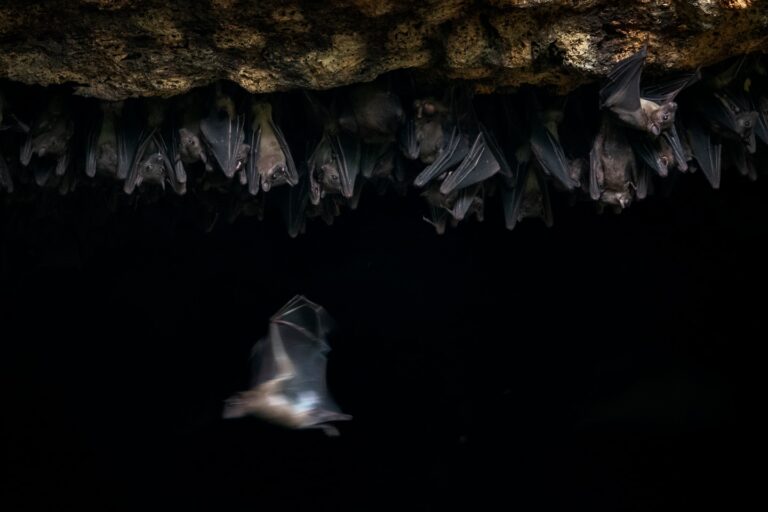Five people have died of Marburg virus disease out of eight confirmed cases in a localized outbreak in Tanzania in East Africa, Fiona Braka, the head of emergency operations for the World Health Organization, said on Thursday.
In the West African country of Equatorial Guinea, local authorities have confirmed seven deaths out of nine cases since February 13.
“We must mitigate the risks associated with this outbreak,” Braka said, stressing that both countries are testing and isolating suspected cases, educating the public about health risks, and alerting those countries with borders near outbreaks.
Tumaini Nagu, Tanzania’s chief medical officer, said authorities were testing the temperatures of travelers passing through the border town of Bukoba, which has a small airport and is on the shores of Lake Victoria.
Mitoha Ondo’o Ayekaba, the health minister in Equatorial Guinea, said four cases were confirmed in Bata, a port that is also the country’s second largest city. The cases are spread across three districts, he said, and authorities are conducting contact tracing for all confirmed cases. Anyone who has come into contact with a confirmed case will be isolated for 21 days, he said.
The Atlanta-based Centers for Disease Control and Prevention helped set up a laboratory there, and test results were available within an hour, he said.
Marburg used to kill between 24 percent and 88 percent of patients with confirmed infection, according at WHO, depending on the strain of virus involved and the quality of case management. There is no approved treatment or vaccine.
The virus is not airborne but can be transmitted through exposure to bodily fluids of infected people such as blood, saliva and urine. It can also be transmitted through contact with contaminated surfaces and materials such as tables, doorknobs and other objects.
It is caused by an animal-borne RNA virus of the same Filoviridae family as the Ebola virus, which killed thousands of people during an outbreak that health workers struggled to control. Both diseases are rare but have a high death rate.
Marburg is believed to have originated from African fruit bat, which does not usually show symptoms but can infect primates, and it can spread to people who work in mines and or visit caves. The virus is named for the German city of Marburg, where laboratory technicians performing necropsies on imported African green monkeys in 1967 became infected.
Africa has seen small, sporadic outbreaks of Marburg affecting a few individuals every few years, and there have been a few cases among foreign tourists visiting caves in Uganda or Kenya. The last major outbreaks occurred in Angola and the Democratic Republic of the Congo about 20 years ago.
A report by the Intergovernmental Panel on Climate Change released Monday warned that scientists think climate change is driving and exacerbating disease outbreaks.
Although Marburg is deadly, it is rarer than other diseases including cholera, which broke out after Hurricane Freddy, the longest-lived, most relentless and most energetic tropical storm on record. The same typhoon hit Mozambique twice, which is on the coast of East Africa.
“We saw the link between climate change and the spread of disease,” said Matshidiso Moeti, the World Health Organization’s Africa chief. “If there are extreme weather events, people move … and live in very dangerous conditions where infectious diseases thrive.”
In Mozambique, reported cholera cases have nearly quadrupled to nearly 10,700 since early February, according to UNICEF, which said Monday that more than 2,300 cases had been reported in the past week alone.
